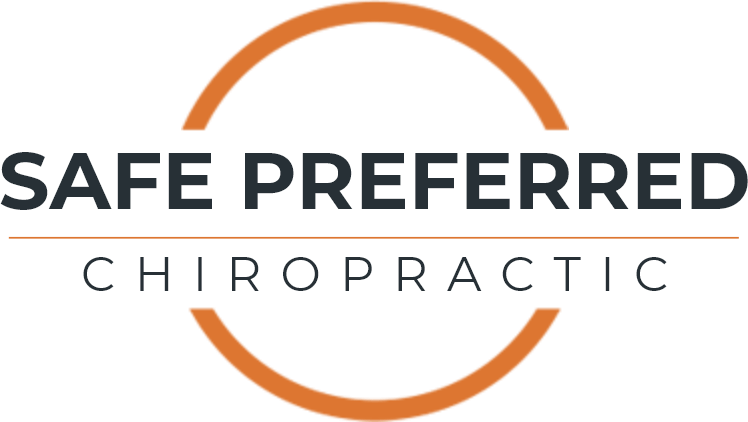Interferential Current Therapy
What is Interferential Current Therapy?
Interferential Current Therapy (IFC) is an advanced electrotherapy treatment offered at Safe Preferred Chiropractic to help manage pain and promote healing. This therapeutic modality uses two medium-frequency electrical currents that intersect within the targeted tissue, creating a new therapeutic low-frequency current at the intersection point. The resulting interference pattern penetrates deeper into the tissues than traditional electrical stimulation methods, making it an effective option for treating a variety of conditions. IFC is particularly valuable because it can deliver therapeutic electrical stimulation to deep tissues with minimal discomfort to the skin, unlike some other forms of electrical therapy.
How Interferential Current Therapy Works
During an Interferential Current Therapy session at Safe Preferred Chiropractic, small electrode pads are placed on the skin around the treatment area. These electrodes deliver two different medium-frequency currents (typically between 4,000-4,100 Hz) that cross each other within the targeted tissues. Where these currents intersect, they create a new therapeutic frequency in the range of 0-100 Hz, which is the ideal range for stimulating nerves and tissues. The resulting current can be precisely controlled to achieve specific therapeutic effects, such as pain reduction, muscle stimulation, increased blood flow, or reduced inflammation. The treatment is typically painless, with most patients reporting only a mild tingling or pulsing sensation during the procedure.
Benefits of Interferential Current Therapy
Interferential Current Therapy offers multiple therapeutic benefits that make it a valuable component of many treatment plans at Safe Preferred Chiropractic. Pain reduction is one of the primary benefits, as IFC stimulates the body’s production of endorphins and blocks the transmission of pain signals to the brain. Improved circulation is another significant advantage, as the electrical stimulation causes blood vessels to dilate, increasing blood flow to the treated area. Many patients experience reduced inflammation and swelling following IFC treatments, as the improved circulation helps remove inflammatory mediators and excess fluid from tissues. The therapy also helps reduce muscle spasm and tension by interrupting the spasm-pain cycle and promoting muscle relaxation.
- Effective pain management without medication
- Deep tissue penetration with minimal skin discomfort
- Reduced swelling and inflammation
- Improved local circulation and tissue healing
- Muscle re-education and prevention of muscle atrophy
Conditions Treated with Interferential Current
At Safe Preferred Chiropractic, we utilize Interferential Current Therapy to address a wide range of musculoskeletal and neurological conditions. Patients with acute or chronic back and neck pain often experience significant relief with IFC treatments. Joint conditions such as arthritis, bursitis, and post-surgical joint pain respond well to the anti-inflammatory and pain-reducing effects of interferential therapy. Sports injuries, including sprains, strains, and contusions, can heal more quickly with improved circulation from IFC treatments. The therapy is also effective for peripheral nerve pain conditions, including sciatica and peripheral neuropathy, as it can help modulate pain signals and reduce associated muscle tension.
What to Expect During Treatment
Interferential Current Therapy sessions at Safe Preferred Chiropractic are comfortable, non-invasive, and relatively brief, typically lasting 10-20 minutes. After the treatment area is exposed, the skin is cleaned, and electrode pads are precisely positioned around the area of concern. The chiropractor will then gradually increase the intensity of the current to a therapeutic level that you find comfortable. Most patients describe the sensation as a pleasant tingling or gentle massage-like feeling. During the treatment, you’ll remain fully clothed and can relax comfortably, often lying down on a treatment table. The number of treatments recommended will depend on your specific condition, with acute issues often responding quickly while chronic conditions may require a series of treatments for optimal results.
